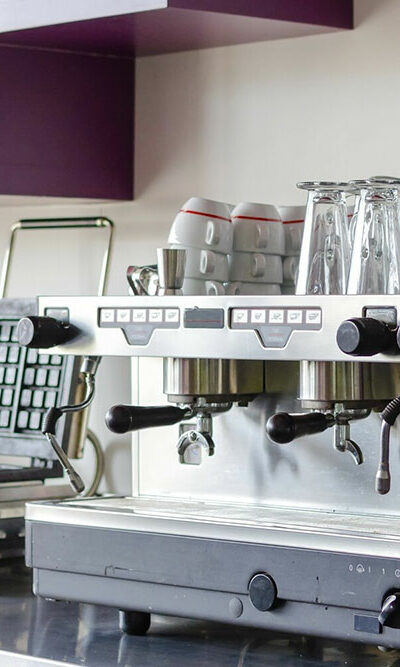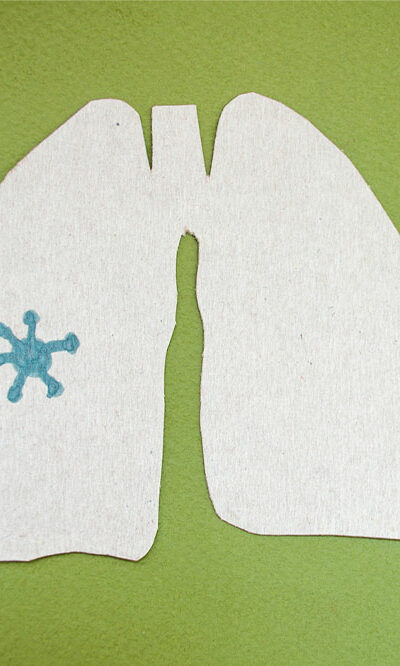
10 Black Friday Coffee Maker Deals to Expect in 2023
With the Black Friday shopping season approaching, getting a caffeine fix became more affordable. Several brands are gearing up to offer hefty discounts on their coffee machines, making this a great time to shop for a coffee maker for oneself or give it as a gift to loved ones. Based on last year’s offerings, here are the top 10 coffee maker deals to look forward to during Black Friday this year: Drip coffee makers Drip coffee makers are the most popular coffee machines found in most households. Their popularity can be attributed to their user-friendliness, affordability, durability, and performance speed. Some of the best deals on drip coffee makers on Black Friday last year included: 1. Buyers could get 17% off the Nespresso Essenza Mini by Breville (typically $179.) This sleek, compact coffee maker comes with two programmable cup sizes, a high-pressure pump, a fast-heat up system, eco-mode, and more, so users can get perfectly brewed coffee each time. 2. The CuisinArt coffee machine with a 12-cup carafe and 3-single size brewers (originally $229.95) was also discounted by 40%. This stunning brewing machine has a 40-ounce removable reservoir for fuss-free morning coffee. Other notable features include an energy-saving mode, remaining automatic, and a ready alert. Espresso machines Home espresso machines are ideal for those willing to pay for cafe-like coffee at home. While these machines typically cost more and can be labor-intensive, they are brilliant at extracting a delicious brew shot, making them a coffee lover’s delight. Last year, top deals on espresso machines included: 3. Mr. Coffee’s Espresso and Cappuccino Machine was discounted by 20% (typically $249.99). This stunning semi-automatic coffee maker boasts an automatic milk frother, intuitive panel control, and step-by-step instructions so users can extract the perfect shot of espresso each time. 4. The espresso machine by Galanz was also discounted by 29% (originally $169.99).










